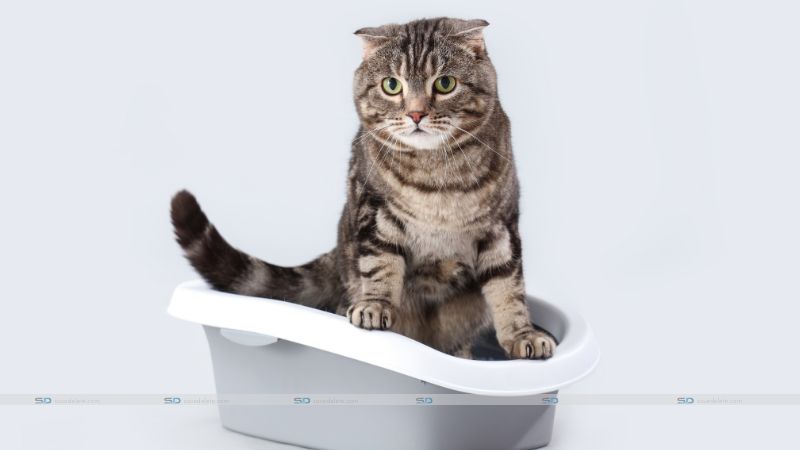So you got a new drone – or maybe you are just considering getting one – and you want to know more about it. Drone photography is one of the newest and fastest growing creative outlets for today’s photographer. And while they can be exciting to use – getting started can be a little intimidating.
And that’s what we’ll overcome in this article. Learning drone photography can be fun, straightforward and challenging all at the same time. Let’s get started.
When it comes to electronic gadget technology there are literally thousands of products released every single day. Droneuncover has put all information in compact and readable format, only useful information, here are many different areas that are covered as far as how new gadgets are being marketed. There are many different industries that fall under the electronic gadget industry and each one is going to be marketing a different type of electronic gadget. In order to get an edge over your competitors, it is important that you understand the entire electronic gadget industry and what is being marketed under each umbrella. Some of the more popular sectors that are marketing the electronic gadget industry include: Medical Equipment, Mobile Software, Consumer Electronics, Digital Hardware, Home Automation, Consumer Electronics, Education and Training, and others. Let us take a closer look at some of the hot trends in electronics for 2021.
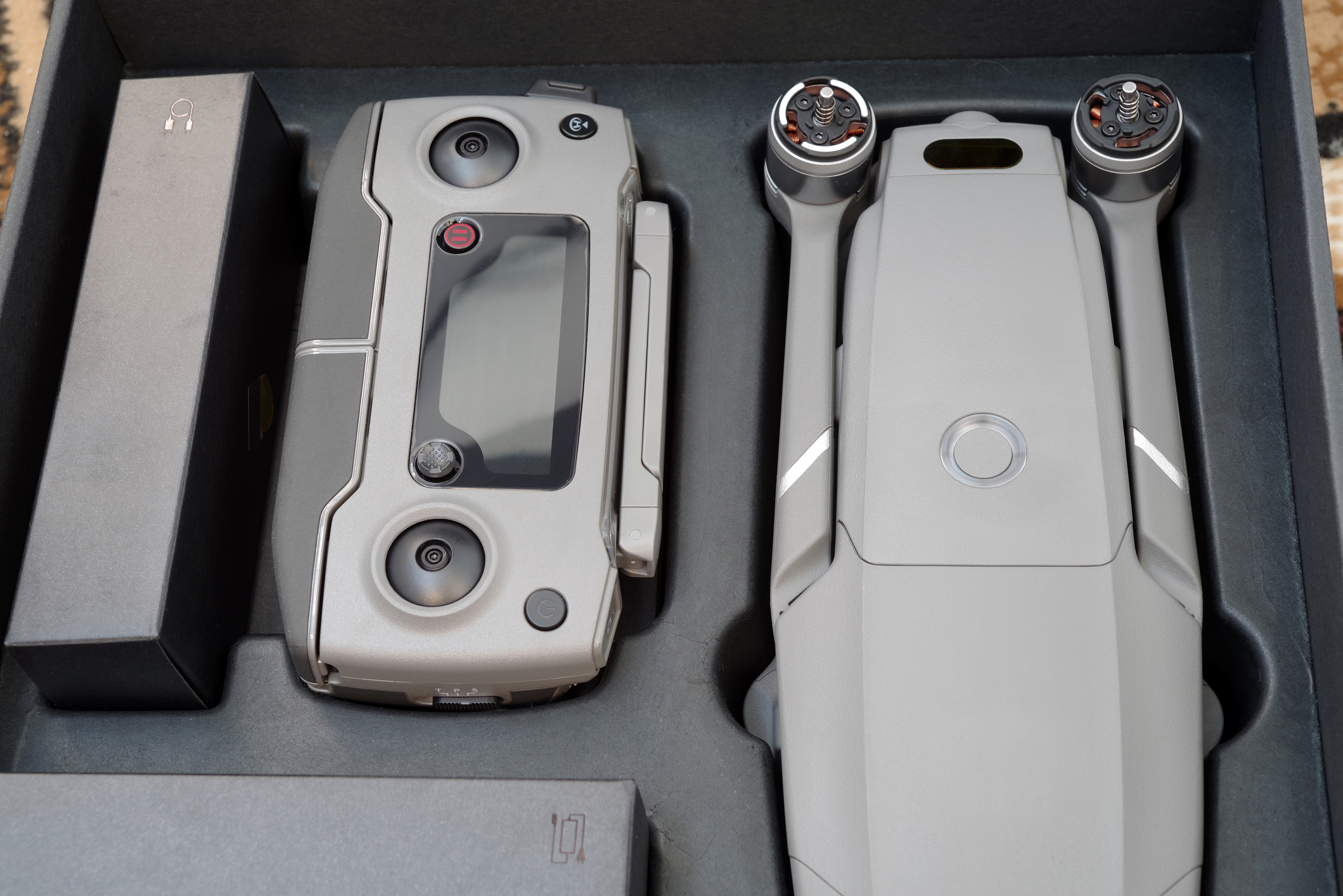
First the legal stuff
There are a few legal requirements to get out of the way up front. First, every drone sold in the USA that weighs more than .55 pounds but less that 55 pounds must be registered with the FAA. Use the FAA Drone Zone portal to quickly and easily accomplish this for a small ($5) fee.
Once you receive your registration number, you must clearly display it on the outside of the drone BEFORE you ever fly it. Visiting foreign nationals must register their drone upon arrival in the United States to be able to operate legally within the US.
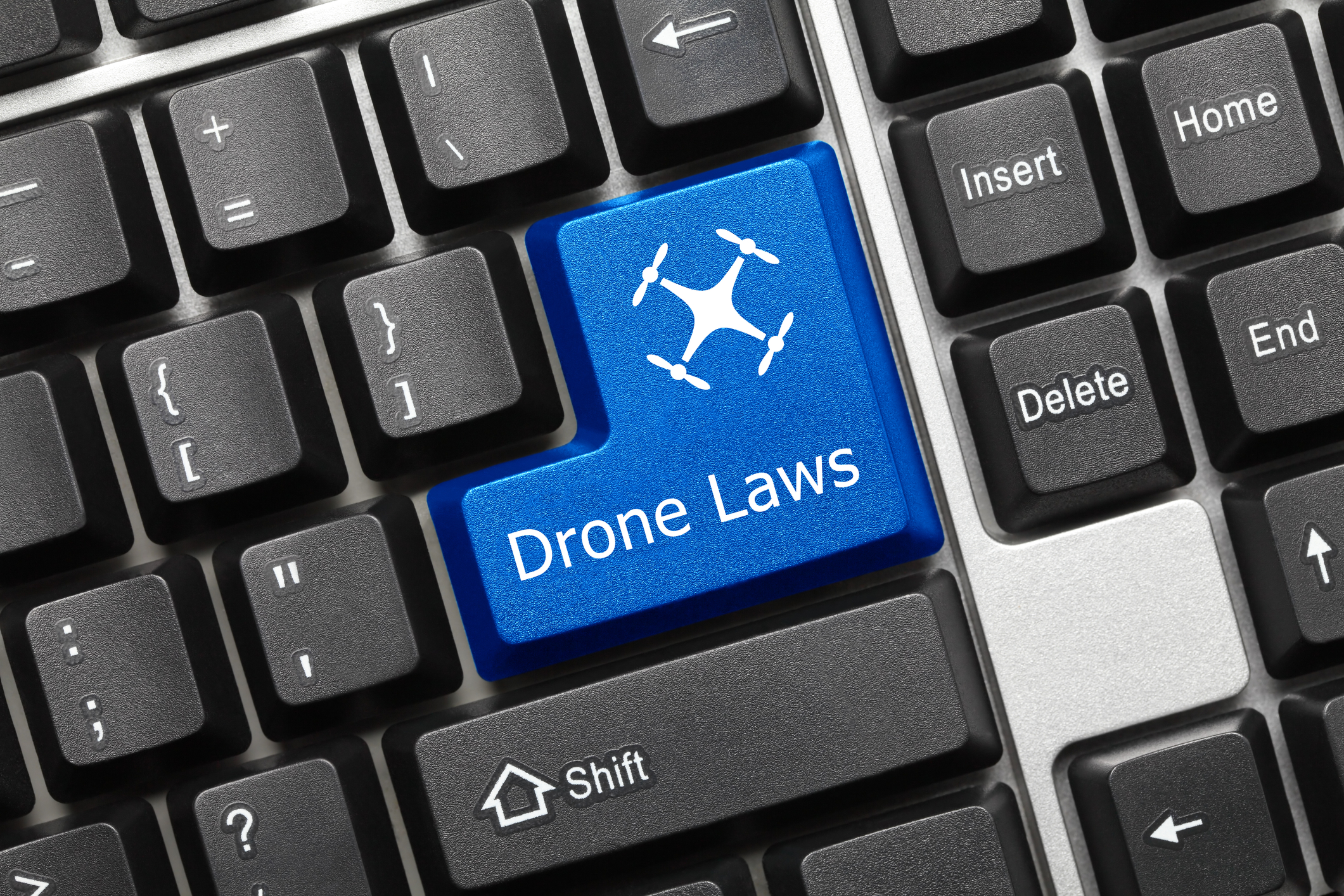
If you intend to use the drone for any commercial applications, including selling any pictures or videos taken with it, you must take and pass the FAA part 107 exam.
And finally, you are responsible for only flying within legal bounds – including but not limited to flying within visual-line-of-sight, only in daylight hours, under 400 feet, outside of controlled airspace, and never near other aircraft or over people.
Understanding a few basic concepts
There are a few commonly misunderstood facts that, once you tackle them will make you more comfortable when flying your drone. This is true of all mid-level and advanced drones on the market – if you are using a cheap toy, well then, this article is not for you.
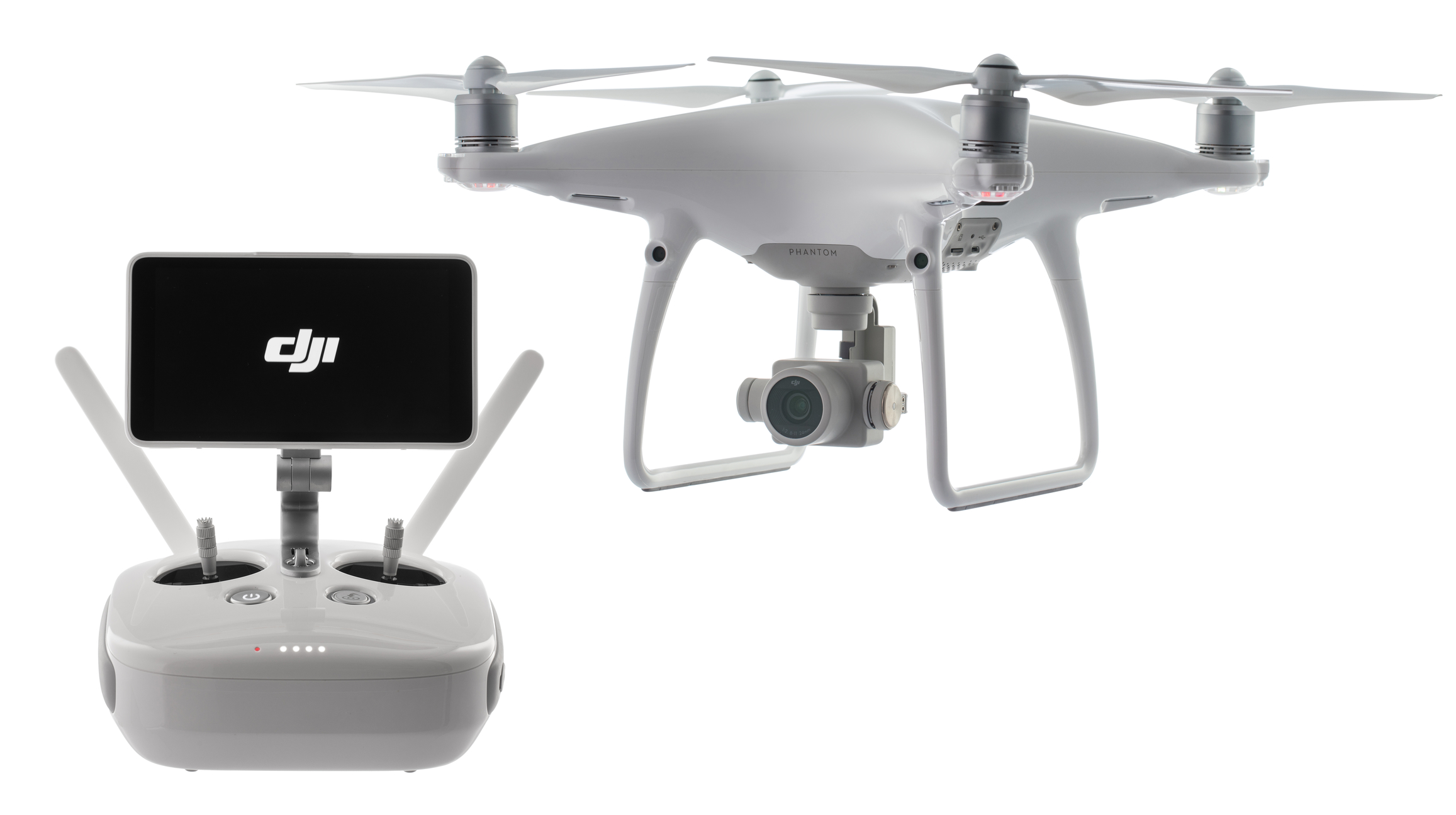
First, you are always in control. You have two joystick controls; one to control movement up and down, and one to control the flight direction. Additionally, many of the newer drones come with automatic functionality built-in to make it easier to learn things like takeoffs and landings.
Second, your drone will not drift. GPS satellites hold your drone motionless unless you use one of the two joysticks or some of the built in features.
Third, if you don’t want the drone to do anything (while you have your minor panic attack) then don’t touch the controls. Otherwise, the drone will hover exactly in place under even some strong winds, and you shouldn’t be flying in gale force winds anyway.
Fourth, you will be able to see exactly what the camera is seeing while you are flying and filming. 6You are in control both in flying and using the drone camera.
Getting started
The best way to become comfortable flying your drone is to start with baby steps. The first time you take it out flying, concentrate on the basics. Ignore the camera for now, and focus on flying the drone.
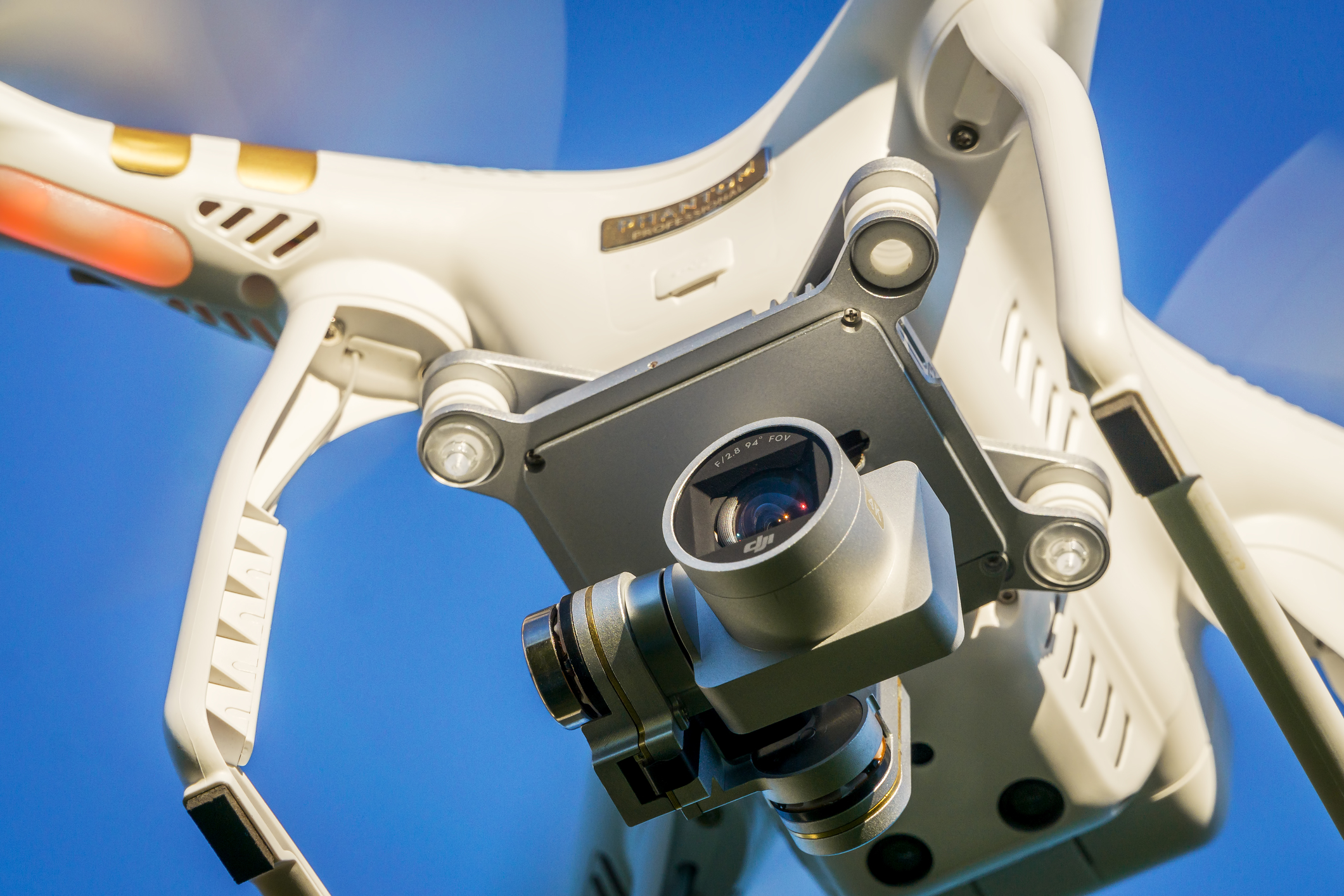
First find an open place free of trees, electrical wires, tall buildings, or anything else that could provide tricky to navigate around for now.
If available, set the drone in Beginners Mode. Now try doing an automatic takeoff and automatic landing sequence. This will get you comfortable that the drone will in fact land perfectly without your interference (notice that the drone has landed in exactly the same spot it took off from – and it will always do so if you need).
Now do an automatic takeoff, but this time get comfortable using the joysticks to GENTLY move up and down, and moving in all directions to get comfortable with the touch and control of your joysticks. Then use the automatic landing to bring it safely home.
Now step things up a notch. Try a manual takeoff. Use the controls to set desired the height, then fly the drone in a square pattern. Use the viewfinder to look at what the camera is seeing (while keeping one eye to the sky to make sure you’re not flying the drone out of sight). Look for a specific objects on the ground – like yourself or a nearby field – try maneuvering the drone around to get the best angle of it.
Finally the creative stuff
Drone photography is like all digital photography – it is the photographer not the camera that takes good pictures! That being said, with all you are dealing with as a new drone photographer, you are probably best to start using the camera in automatic mode. Once you become more comfortable you can start working with the functions on your camera.

For best results, use the built in feature to bracket your photos – meaning taking three shots of each image, one correct, one over and one under exposure. Not only will this give you extra insurance in obtaining a well exposed shot, but it will also allow you to do HDR blending in post processing to create some of those fabulous high range imagery we all love so much.
Get creative. You have in your hands a machine that literally lets you change your point of view with a tap at the joystick. Get close. Zoom out. Change angles. Try new perspective. Try different settings on your camera. Take a series of overlapping shots to merge into panoramas in post processing. In short, try to do everything you love doing with your DSLR on a tripod but with a way cooler device.
And always have fully charge, and extra batteries with you. Because no matter how long you were planning to be out with your new drone – I can guarantee you will be having so much fun you won’t want to come back in again.
Stock Photos via Dreamstime.com
Author Bio
Karen Foley is a freelance photographer with a love for travel. See more of her work at karenfoleyphotography.com.

